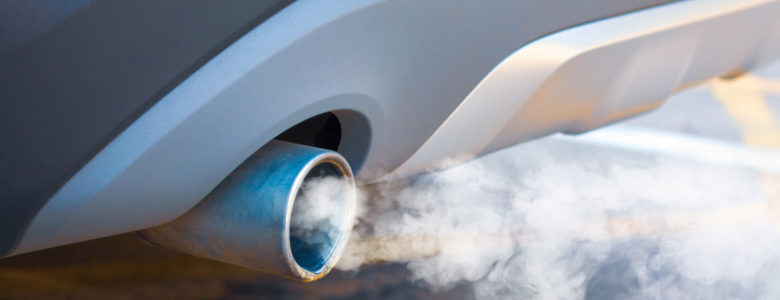Residents of Eagle Mountain have probably noticed a heavy layer of polluted air hanging over the valleys. The entire Wasatch Front faces significant air quality challenges in both summer and winter.
Winter inversion
During winter, the unique topography, consisting of high mountain ranges to the east that prevent pollution from dissipating, combined with high pressure weather systems, leads to periodic inversions that trap cold air beneath a layer of warm air. This acts like a lid over the Wasatch Front.
Summer particulates
In summer, high temperatures combine with vehicle and industry emissions leading to high particulate levels that become trapped by this same geographic configuration.
Wildfires in the state, as well as nearby states, such as California, Oregon, Washington, Nevada and Idaho, also add significant amounts of pollutants to the area during wildfire season. The jet stream carries that smoke over the area.
Air quality history in Utah
According to a report The History of Air Quality in Utah: A Narrative Review, written by Logan E. Mitchell, University of Utah and Chris A.B. Zajchowski, Old Dominion University, Norfolk, Va.,published in 2022 by the Multidisciplinary Digital Publishing Institute (MDPI), air pollution rose in prominence as a public issue in the 1880s as Utah’s urban areas grew.
The report adds that early non-indigenous explorers in the 1800’s noted how blue smoke from wood fires would hang in the Salt Lake Valley for extended periods of time.
Latter-day Saint pioneers settled in the Salt Lake Valley in 1847, and as they developed Salt Lake City, air pollution quickly became a persistent problem as they used coal and wood fires for cooking and for warmth.
Since then, scientific advances have increased the understanding of air quality impacts on human health, groups of citizens have worked to raise public awareness, policy makers have enacted legislation to improve air quality and courts have upheld rights to clean air.
This same report states that Utah’s air quality future still holds challenges and opportunities.
Eagle Mountain being proactive
Chris Trusty, Eagle Mountain City engineer, says there is plenty the City has done to help alleviate air quality challenges.
“To help reduce drive times and lessen idling times, Eagle Mountain City has replaced several four-way stops in favor of overhead traffic signals, which reduced the total number of cars having to stop at each intersection,” says Trusty.
Active physical transportation such as biking or walking to destination points can also improve air quality.


